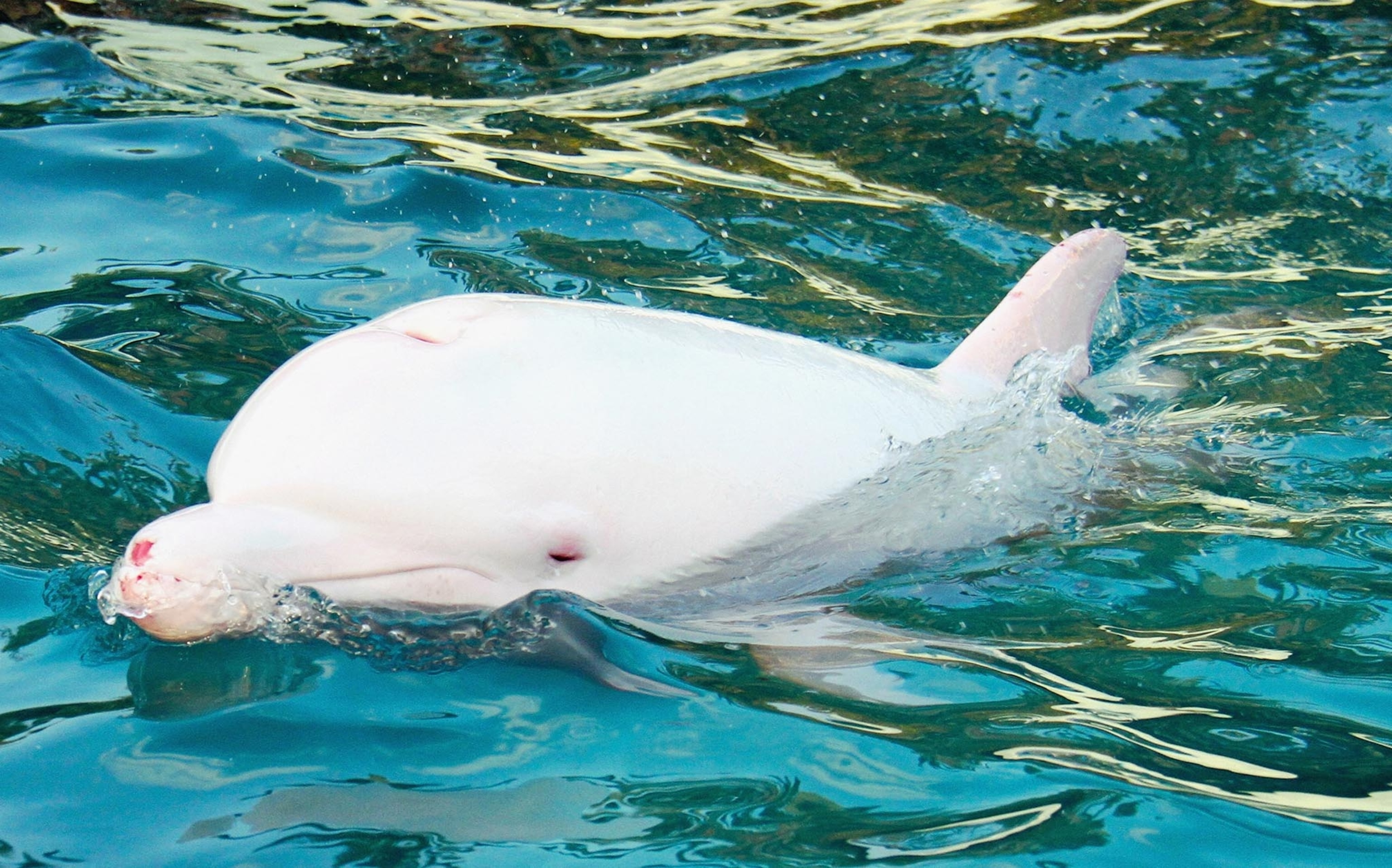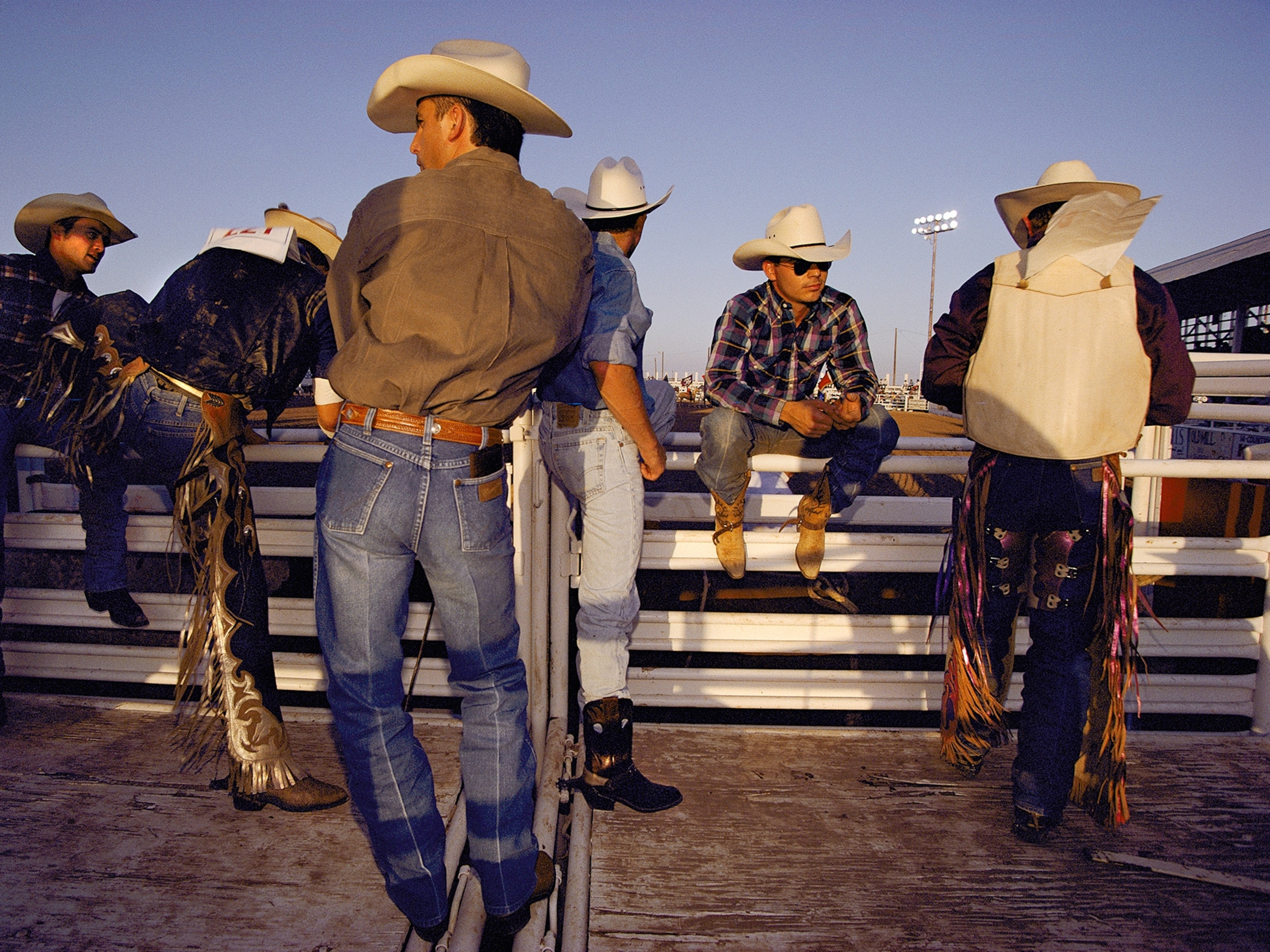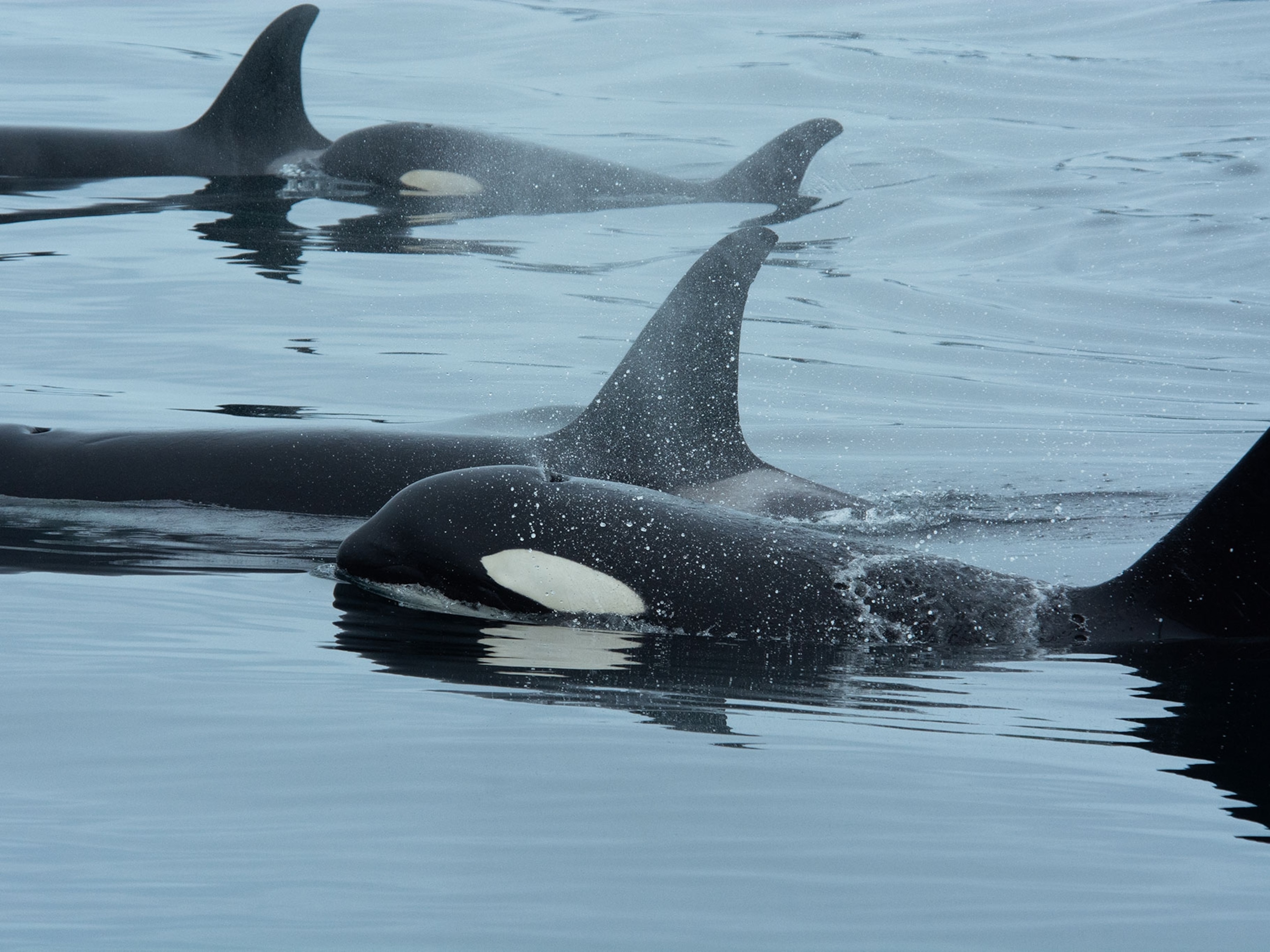
Albino Dolphin: Uncertain Fate Awaits Rare Calf Captured in Japanese Hunt
Vulnerable youngster at risk in captivity, expert says.
A rare albino dolphin calf, rounded up in a dolphin hunt off of Japan earlier this month, is now on display at a Japanese whale museum, where experts say its long-term survival is in doubt.
The dolphin, a female believed to be less than a year old, was part of the Taiji dolphin hunt that drew global media coverage and outrage from animal protection advocates.
"Albinos stand out and tend to be targeted by predators," said Taiji Whale Museum Assistant Director Tetsuya Kirihata in a statement, according to some media reports. "She must have been protected by her mother and her mates. We will take good care of her."
But that may be difficult, according to Stan Kuczaj, director of the Marine Mammal Behavior and Cognition Laboratory at the University of Southern Mississippi.
"Calves that have stranded for various reasons have sometimes been nursed back to health by humans, but others have died," Kuczaj said. "So the calf could survive, but that is certainly not guaranteed.
"We know little about the effects of trauma [and] stress on young marine mammals, but it seems likely that this calf was very stressed by the hunt and so could be at even greater risk," he continued, "especially since it was separated from its mother."
Efforts to reach the Taiji Whale Museum directly were unsuccessful.
Animal advocates quickly dubbed the dolphin "Angel" in an effort to draw the world's sympathy to what they say is the brutality of dolphin hunting.
The young albino calf proved attractive to Taiji's dolphin brokers, who sell captured dolphins from Taiji to marine parks across Asia and beyond.
According to the animal-protection group Sea Shepherd Conservation Society, which closely monitors the Taiji drive hunts, the albino was the first dolphin selected for capture and sale.
Naomi Rose, a dolphin and killer whale expert at the Animal Welfare Institute, said that despite assurances from the museum about the calf's safety, the young dolphin shouldn't be there in the first place: "Taking a dependent calf goes against every established conservation principle there is.
"It was wrong ethically, biologically, and in terms of management," she said. "It was wrong on every level and just plain cruel."
Animal Albinism
Albinos in the wild—which can be shunned by others in their group or make easy targets for predators—often don't survive.
Most albino alligators, for example, are taken by predators before they reach adulthood. Albinos are also more susceptible to diseases.
Albinism is relatively unusual: Scientists estimate that albinism in mammals occurs in about one of every 10,000 births.
The condition is seen across a very wide range of species and is due to genetic defects that inhibit the production of melanin, or skin pigment. (See more pictures of albino animals.)
Other albino cetaceans—which include whales and dolphins—of note include "Migaloo," a white humpback whale that can be seen off Australia, and "Iceberg," a white killer whale first seen in the waters off Russia in 2012.
Concerns About Hunt
The Taiji hunt, in which fishers herded an unusually large pod of 200 to 250 bottlenose dolphins into a netted shoreside bay, reportedly killing 42 dolphins, drew criticism from the likes of Caroline Kennedy, the new U.S. ambassador to Japan.
"Deeply concerned by inhumaneness of drive hunt dolphin killing," Kennedy said in a Tweet. "USG opposes drive hunt fisheries."
The hunt takes place annually in the small Japanese village of Taiji from September to March and and was the subject of the 2009 Oscar-winning documentary The Cove. (See pictures of the Taiji dolphin roundup.)
This year, over the course of four days in mid-January, the Taiji fishers selected 52 dolphins for sale into captivity, slaughtered 41 for meat, and then drove the surviving pod members back out to sea, according to the Sea Shepherd Conservation Society.
Despite the fishers' use of tarps and other screening strategies, Sea Shepherd and some news organizations obtained photographs and video of the hunt, which helped fuel global response.
In Japan, some 50 aquariums keep around 600 dolphins and take many of the Taiji dolphins, with business also coming from many aquariums abroad, including a growing number in China.
Follow Tim Zimmermann on Twitter and Facebook.
Updated 1/29





